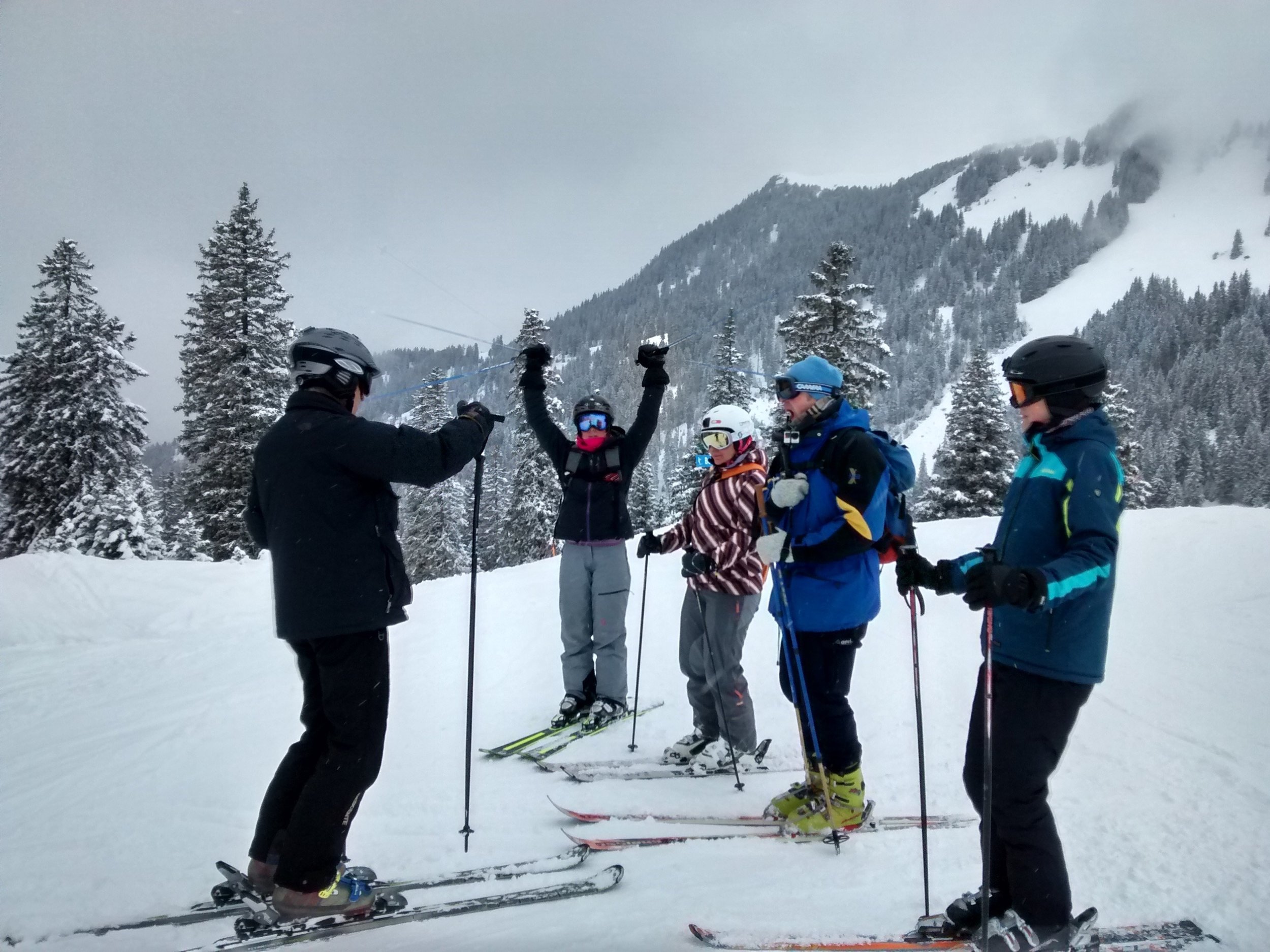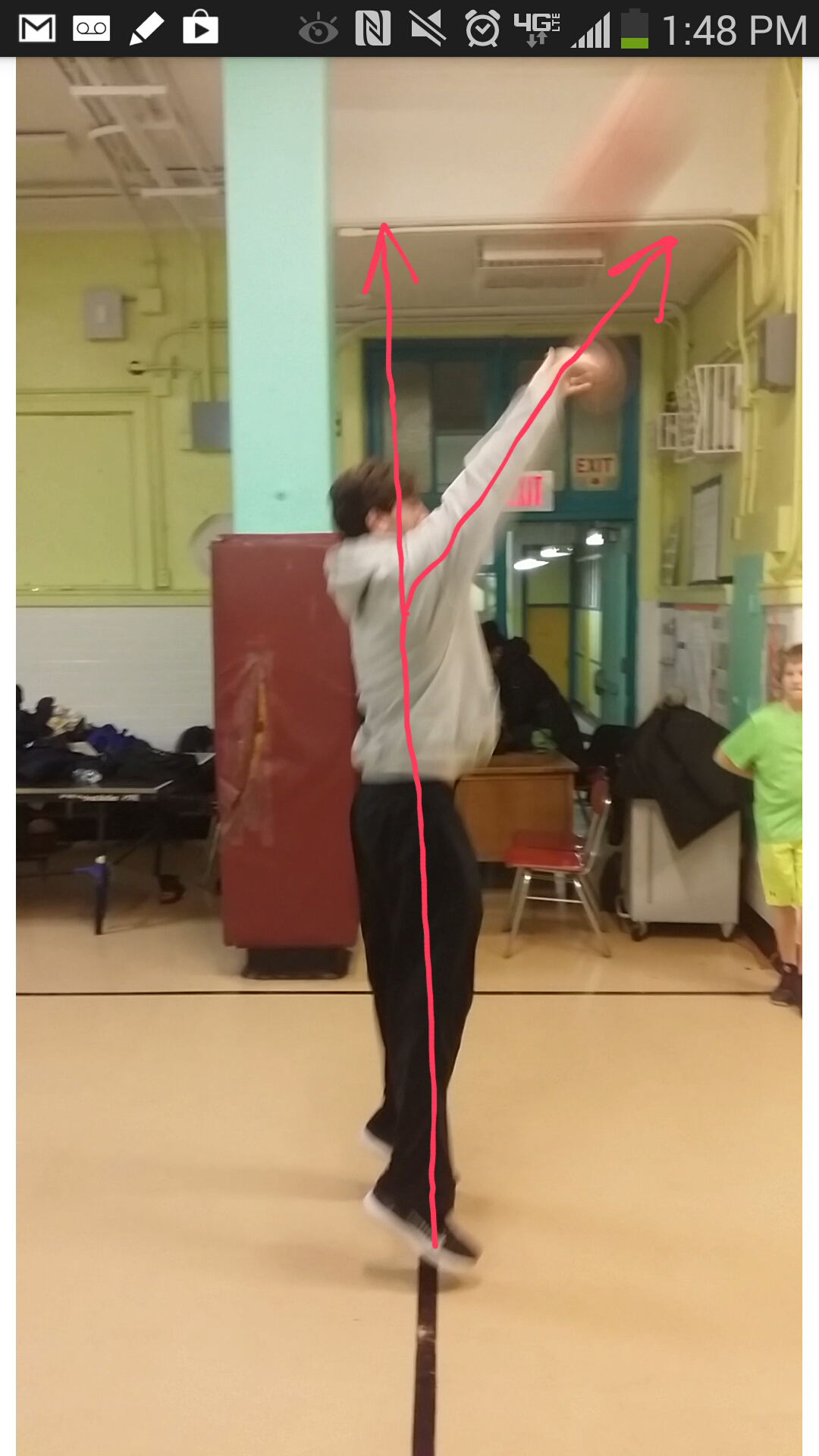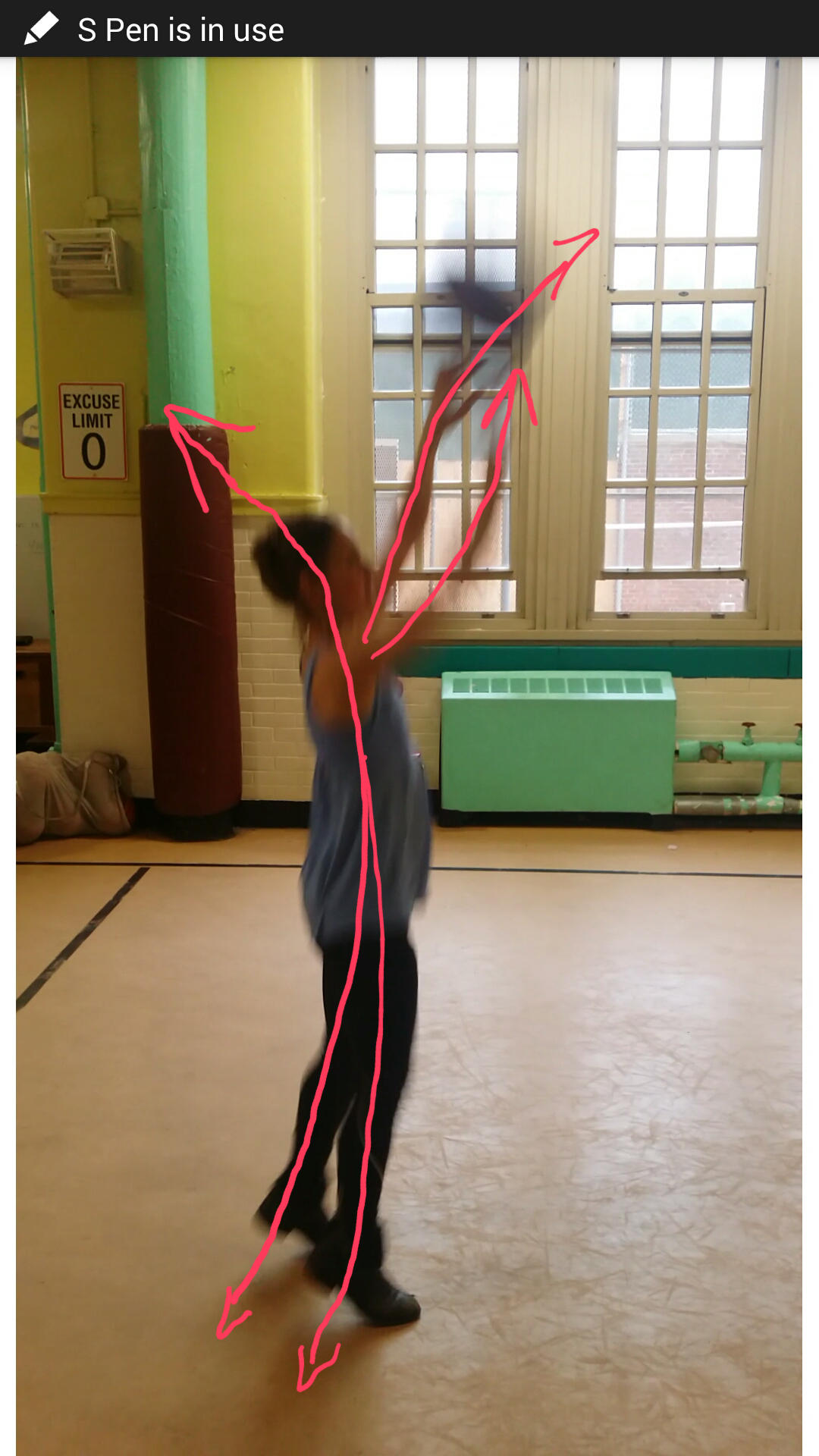 by Emily Faulkner
This past February, I had the good fortune to travel to the Alps to take Erik Bendix’ one week Ease on Skis workshop. I am a passionate skier, and not too bad at it, but having started skiing late in life, I am always frustrated by how slowly I seem to progress and how hampered I am by fear. As a dancer, I love to move. The technique of skiing - the rhythm and the fluid motion – is magical when it comes together, but frustratingly elusive. As soon as I approach a pitch that seems too steep, a patch of ice, or some unexpected bumps, fear takes over, my technique goes out the window, and skiing becomes a matter of survival instead of joy. The Alexander Technique is, of course, the perfect medium by which to analyze fear and response. Enter Ease on Skis!
by Emily Faulkner
This past February, I had the good fortune to travel to the Alps to take Erik Bendix’ one week Ease on Skis workshop. I am a passionate skier, and not too bad at it, but having started skiing late in life, I am always frustrated by how slowly I seem to progress and how hampered I am by fear. As a dancer, I love to move. The technique of skiing - the rhythm and the fluid motion – is magical when it comes together, but frustratingly elusive. As soon as I approach a pitch that seems too steep, a patch of ice, or some unexpected bumps, fear takes over, my technique goes out the window, and skiing becomes a matter of survival instead of joy. The Alexander Technique is, of course, the perfect medium by which to analyze fear and response. Enter Ease on Skis!
Ease On Skis is a combination of a new skiing technique and the application of the Alexander principles to skiing. There is a general methodology to skiing, but there are infinite variations in how different skiers approach the specifics. The most unique aspect of Erik’s approach, it seems to me, is how tall he asks you to stand. One thinks of skiers in a deep monkey, but to watch Erik ski is to see something entirely different. Erik has a unique style of skiing that is much more elongated and upright than any skier I’ve ever seen. It reminds me of how one works on a flying trapeze. In order to maneuver on a small bar hanging in space from ropes, you need to extend your limbs and torso. You need to really spread out in order to counterbalance your body, from head to feet and use it like a long lever. Erik dances down the mountain like a trapeze artist. His basic technique is the same as any good skier – transfer the weight from one ski to the other and glide, like ice skating – but the manner in which he accomplishes this, his speed and power, come from a place of ease, length and balance as opposed to compression and strength.
The way Eric teaches is, of course, quite unique, and we did a lot of interesting exercises both on and off the slopes. We practiced falling and getting up again with and without skis. Skiing is basically controlled falling, so it is helpful to get comfortable with actually falling. We examined walking and turning to see how we can allow our heads to lead our body into a graceful curve around a corner. We examined breath to see how the breath can contribute to a graceful turn. We rolled on the ground allowing the body to spiral, as opposed to rolling in one piece like a log. This helped us access our spirals when we got on the slopes. One exercise that was particularly interesting and satisfying was twisting. While skiing down a slope, you slowly turn your head to one side or the other and then patiently wait for the twist to make its way down to the feet and skis in order to turn. Thus by turning your head and merely allowing the body to follow, you inhibit almost all doing and simply allow yourself to turn.
The week of the workshop happened to be particularly foggy and so I, coincidentally, have an entirely new relationship to the fog. Having calmly directed for a week in fog, I actually sort of enjoy the fluffy comfort of being enclosed in white, and I associate it with the Alexander Principles.
By the end of the week, my fear reflex had dampened considerably. I’d had ample opportunity to breath, relax and direct while careening down a slippery hill, and I was starting to trust my new calmer responses. The internal voice saying, “you are safer and happier when you use the Alexander principles” was finally stronger than the voice saying, “at all costs, hold on tight, and just don’t get hurt!” what Eric calls “crisis management.” From the lens of the Alexander Technique, I also had the opportunity to consider my whole approach to skiing. I love the feeling of skiing, and I love the sociability of it, but if it is so hard for me to become the sort of skier I want to be, can I still enjoy skiing? Watching one of my fellow participants really helped clarify that. She didn’t have particularly impressive technique, but she was calm, she looked with her head and let her skis follow, and low and behold, her skis turned, and she negotiated all sorts of challenging terrain. And she did it quite joyfully. As with all Alexander discoveries, sometimes you realize you need to examine your goal, and sometimes you discover an option you hadn’t realized existed.
About a month after the workshop ended, I happened to go skiing again in the Spanish Pyrenees with my nine-year-old daughter. I was a little frustrated with my technique, but I must say that I felt pretty safe. My habitual feelings of fear were far less than they had been. Skiing in new terrain with my friends and family is my goal, and it was awesome! The Ease On Skis workshop was filmed so hopefully in the next year or two, Erik’s technique will be on display for all.
[author] [author_image timthumb='on']http://www.acatnyc.org/main/wp-content/uploads/2016/02/e.faulkner.png[/author_image] [author_info]EMILY FAULKNER graduated from the American Center for the Alexander Technique in New York City in 1999, and has been an AmSat certified teacher ever since. Faulkner is also a dancer, dance teacher and choreographer.She is on the faculty of Movement Research, a world renowned institution for experimental dance, and has presented her choreography nationally and internationally. Her most current project is a dance film using Steady Buckets players. Emily teaches privately in New York City, and can be found at emilyfaulkner.com. Email her at emily.a.faulkner@gmail.com. [/author_info] [/author]

 by Emily Faulkner
by Emily Faulkner